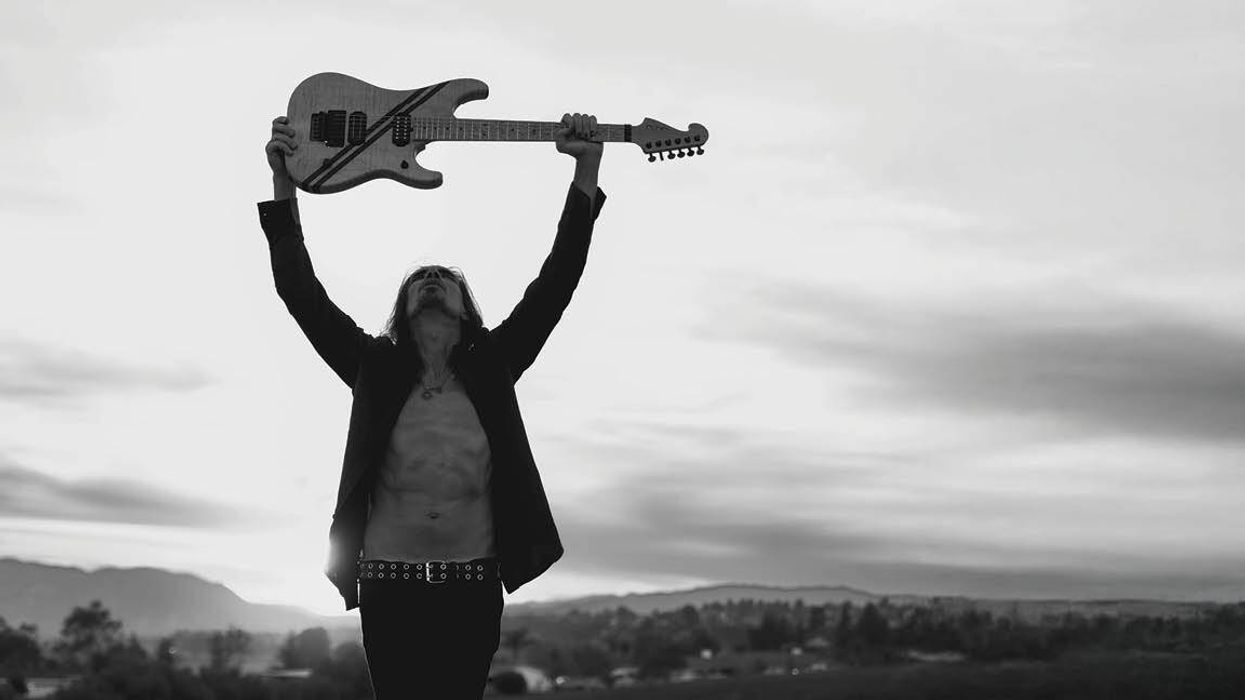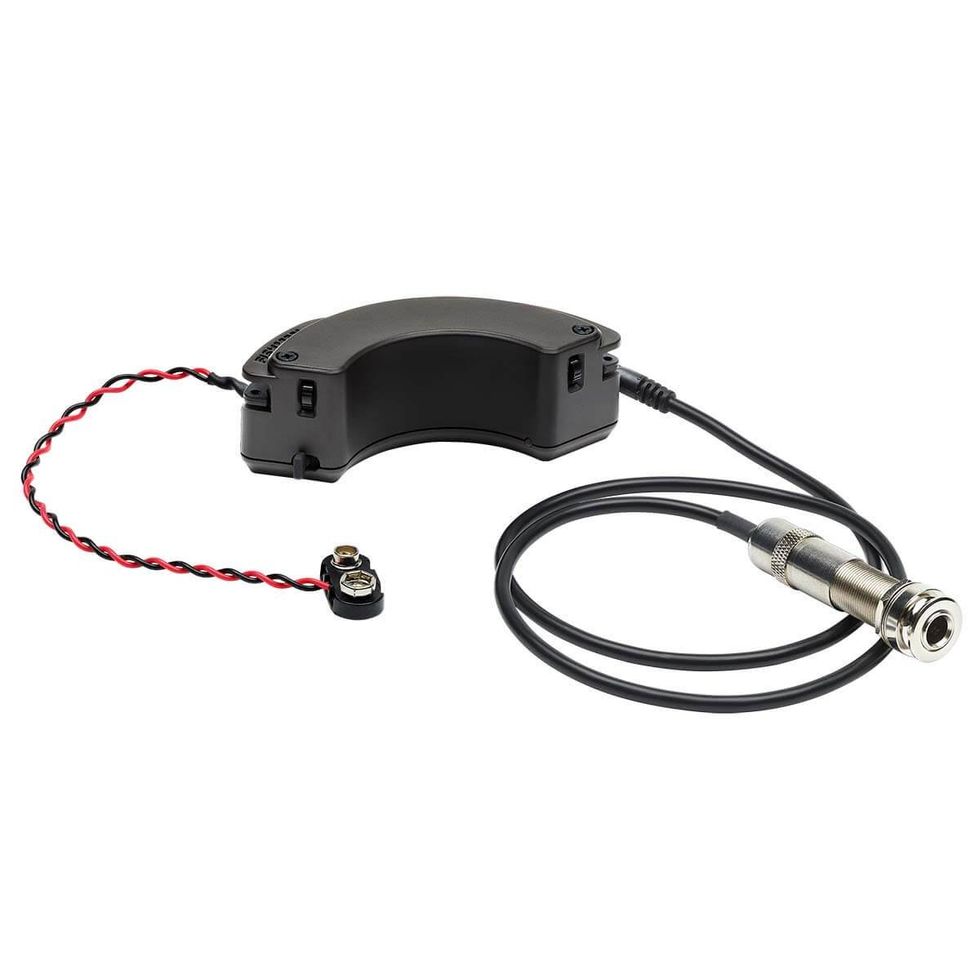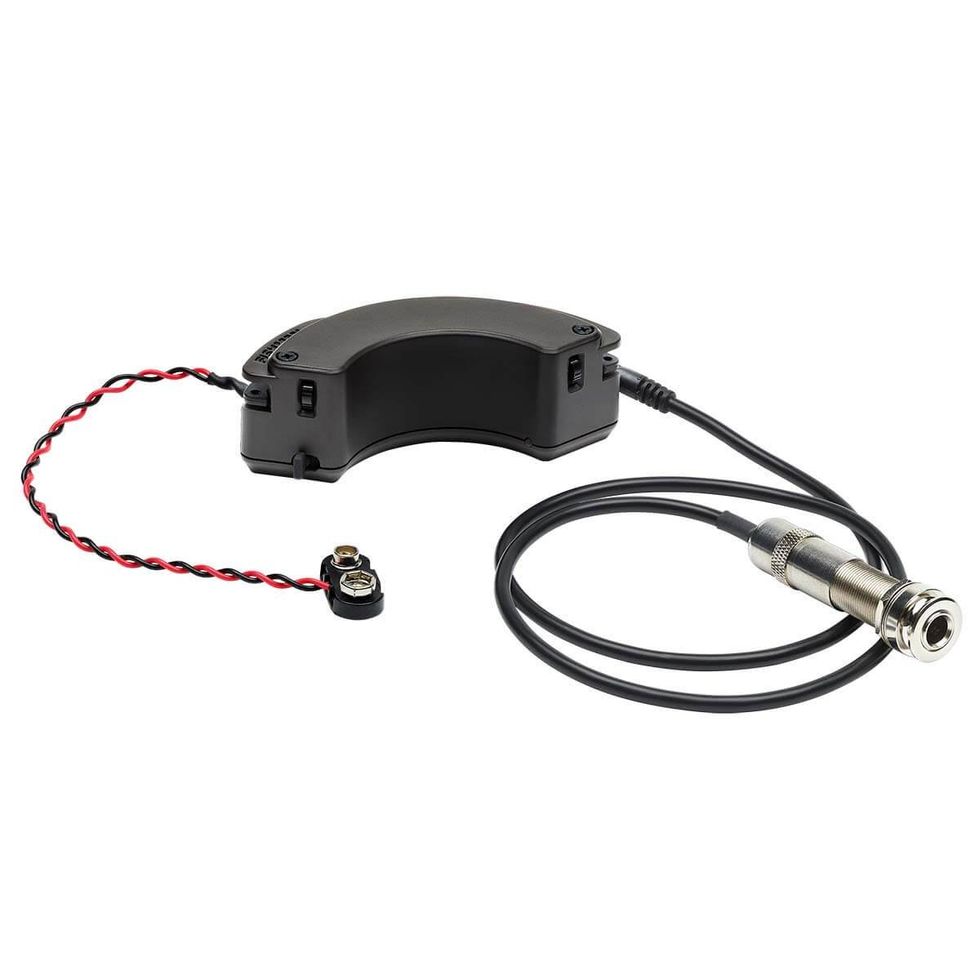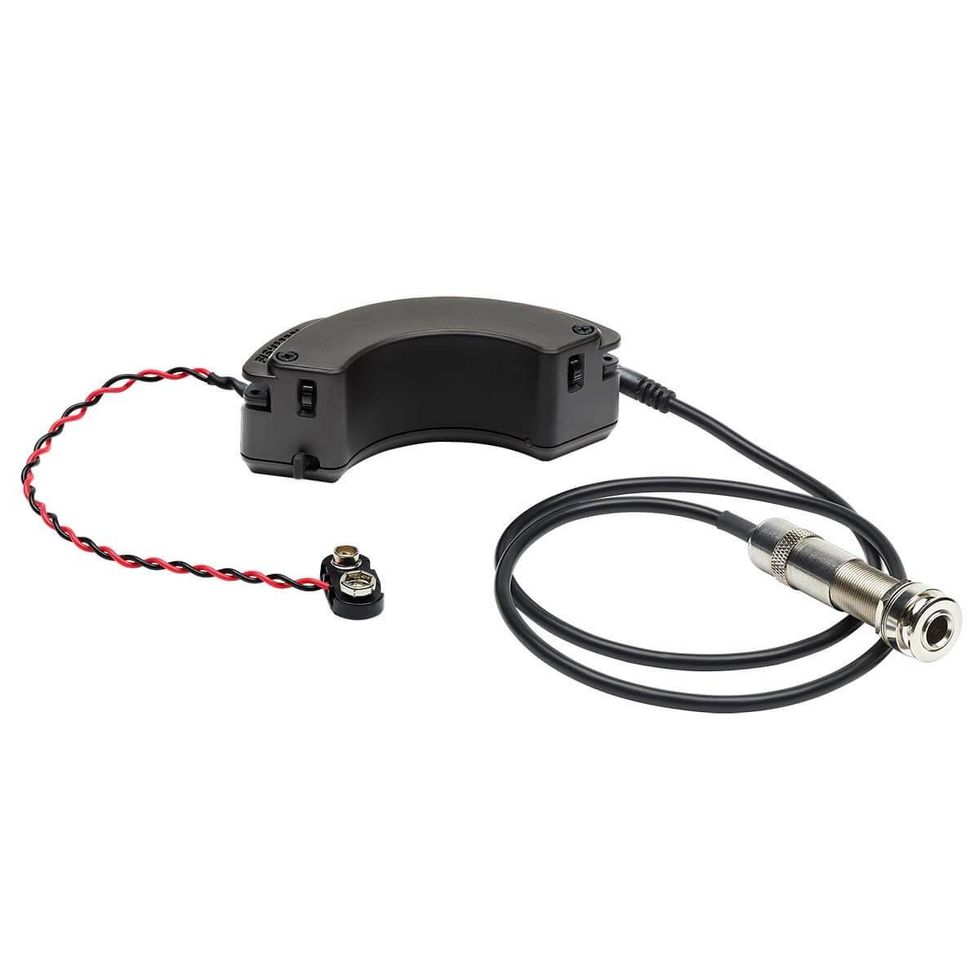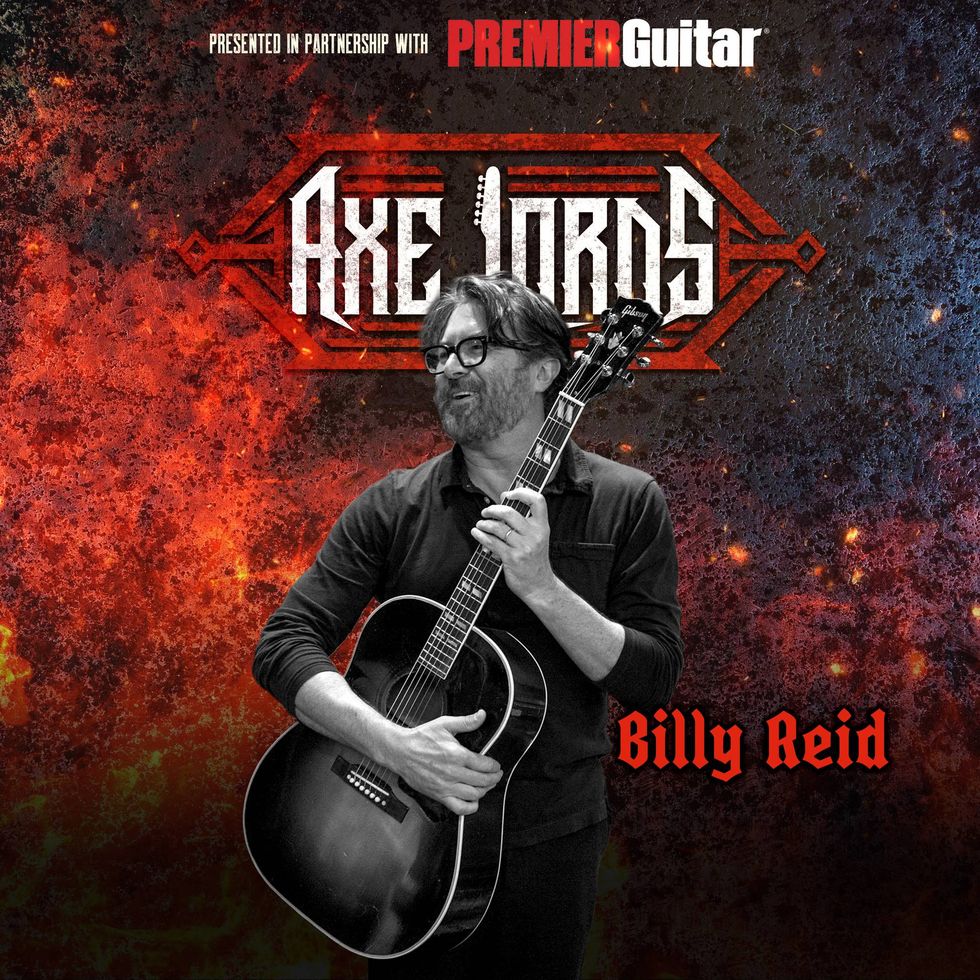Join PG contributor Tom Butwin for a review of three exceptional dreadnought-style acoustic guitars from Larrivée, Taylor, and Breedlove, complete with a brief history lesson on the iconic guitar shape. Discover the unique features and hear the incredible tones of these modern classics.
Taylor 517e Grand Pacific Builder's Edition V-Class - Wild Honey Burst
517e Builder's Ed, Wld Hny Brst
Taylor
$3299.00
Breedlove Premier Concerto CE Acoustic-electric Guitar - Burnt Amber Adirondack/East Indian Rosewood
Prem Concerto CE Adi EIR, Brnt Amb
Breedlove
$2899.00









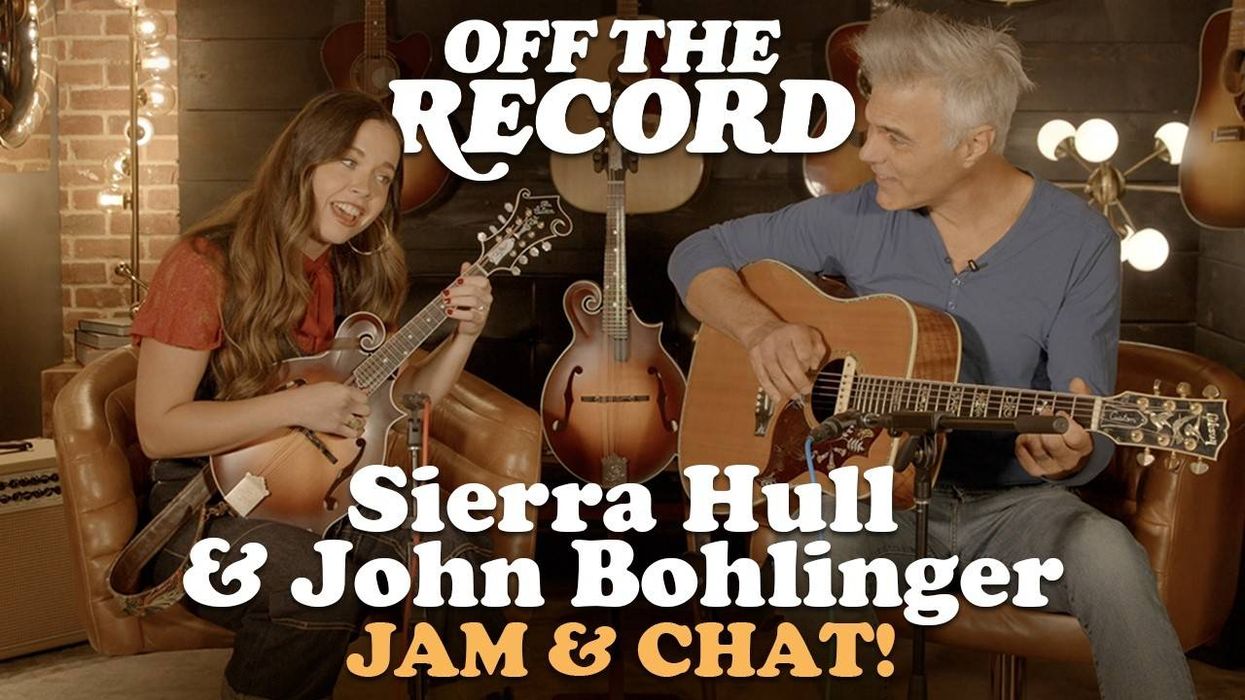


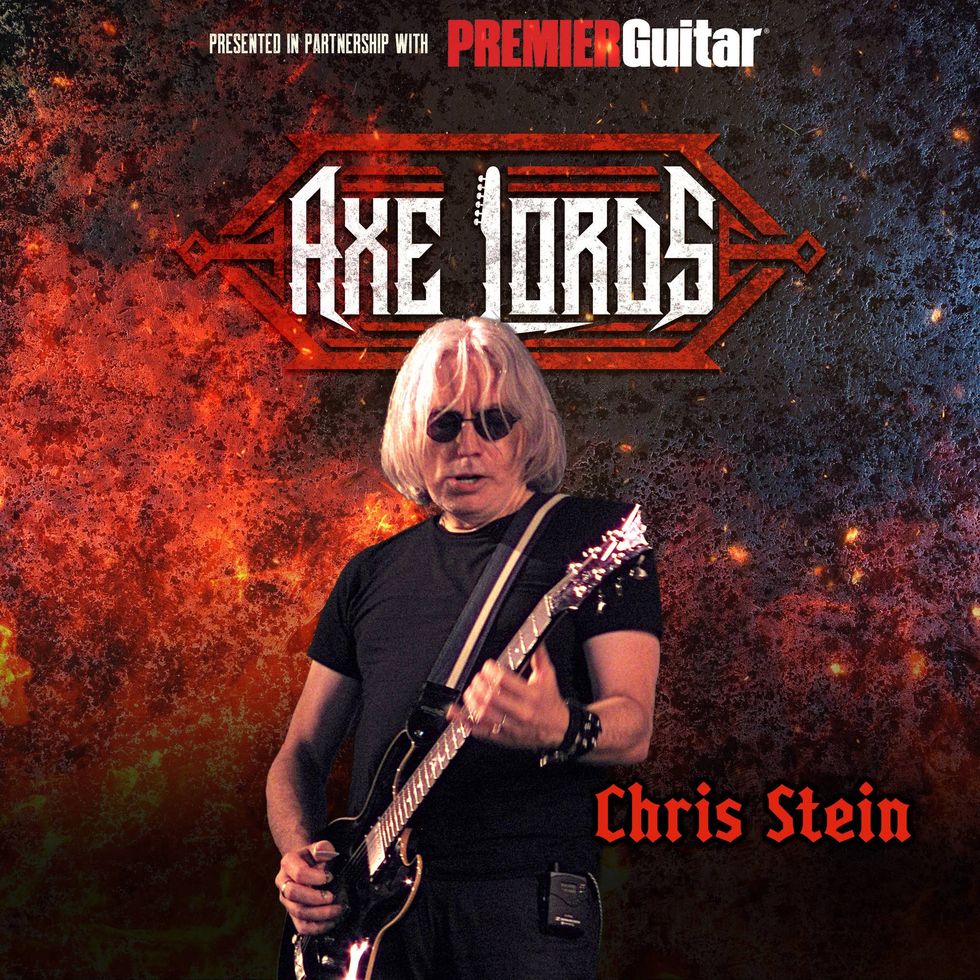




![Rig Rundown: Russian Circles’ Mike Sullivan [2025]](https://www.premierguitar.com/media-library/youtube.jpg?id=62303631&width=1245&height=700&quality=70&coordinates=0%2C0%2C0%2C0)

